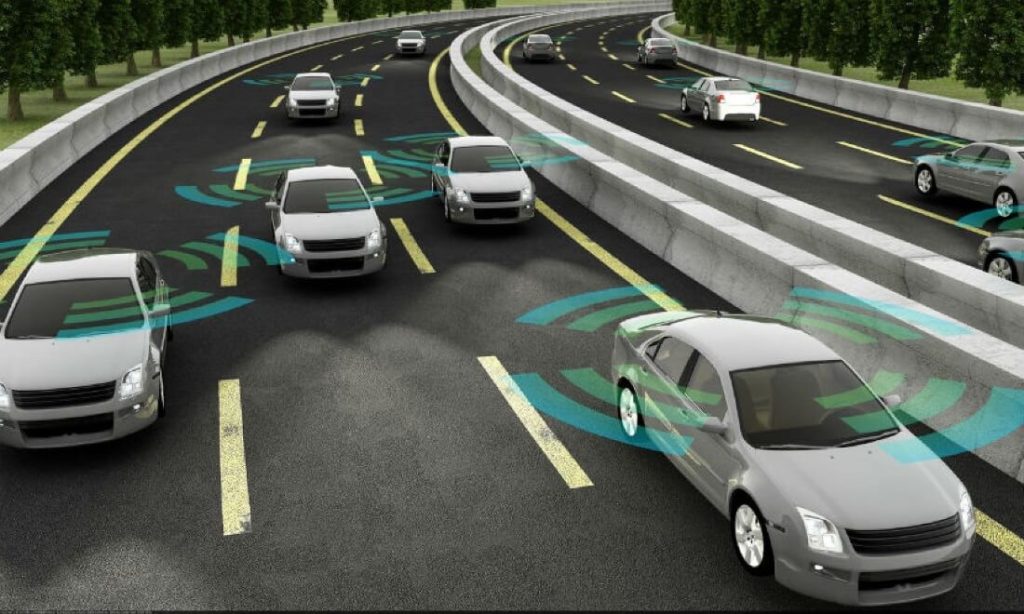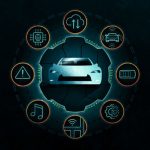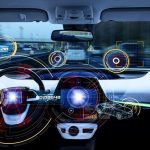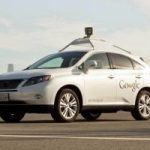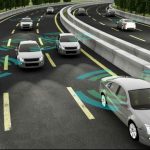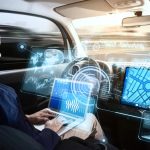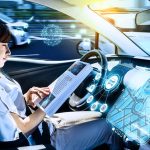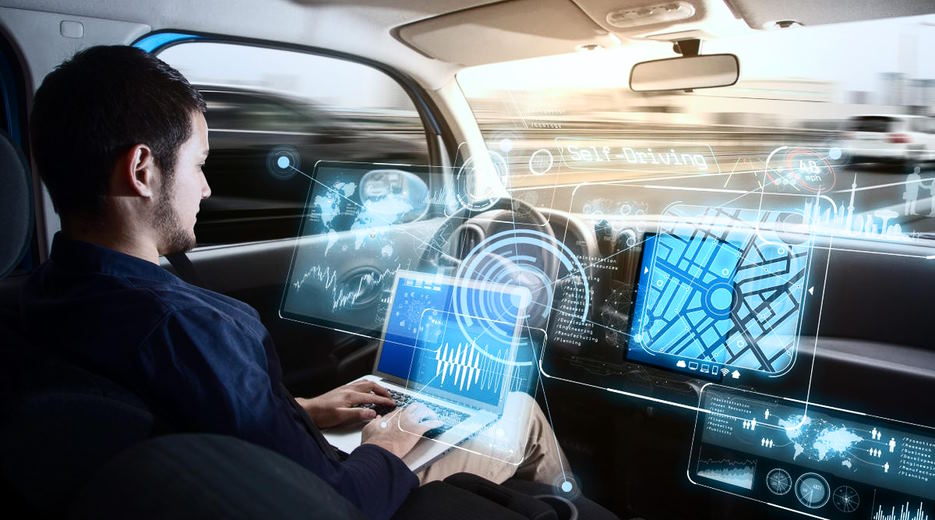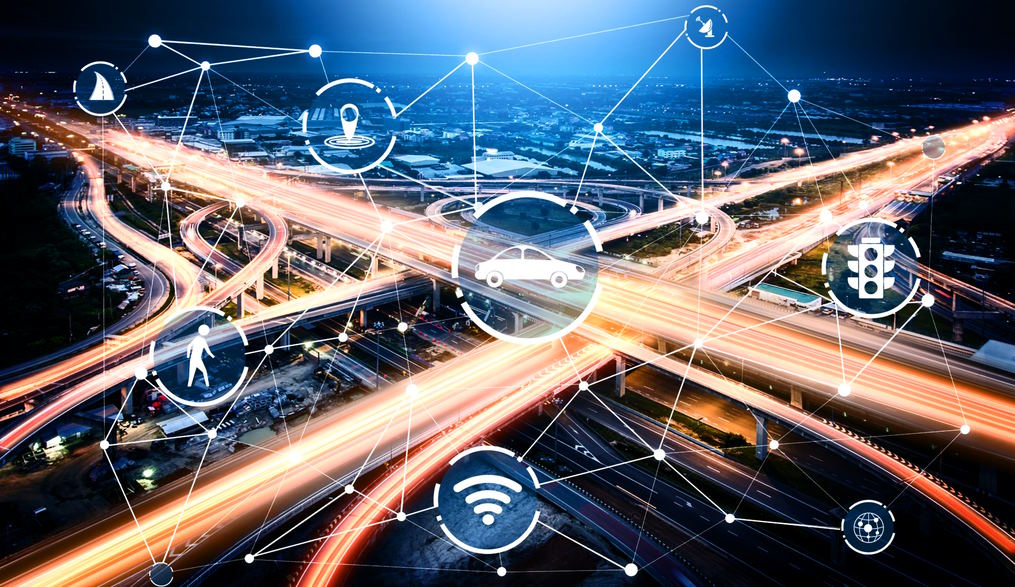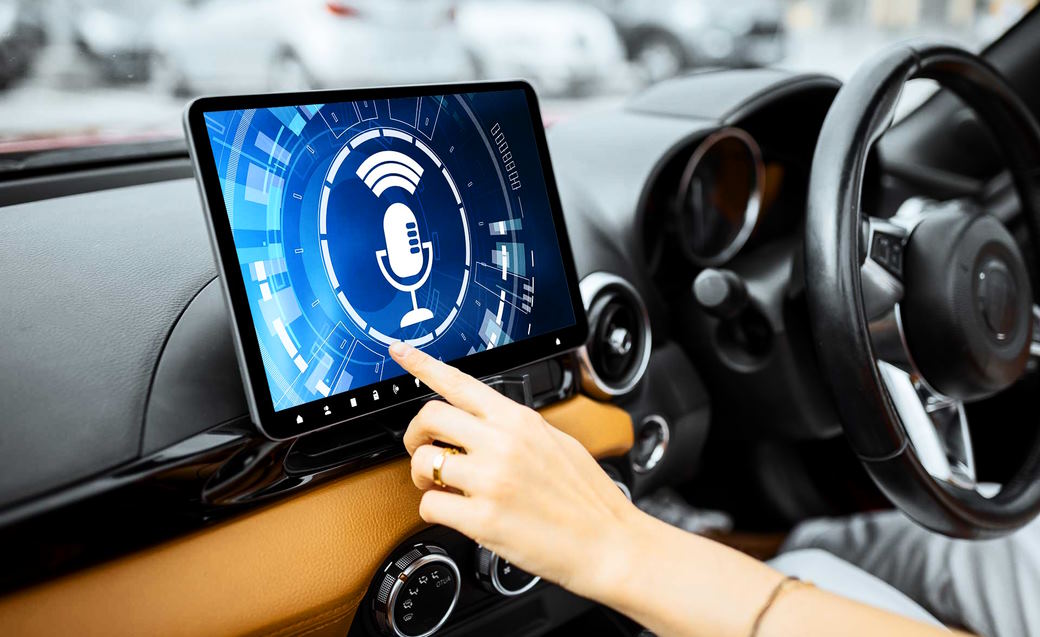Some of the advantages of autonomous cars are apparent, and more free time is in the leading of the checklist. Most of us love the concept of becoming in a position to consider the approximately 204 hrs we spend every yr commuting and flip that into time invested operating, surfing the web, speaking having a friend, consuming or perhaps sleeping.
Because cars will be automated, there will be less opportunity of accidents brought on by human error, top to less visitors congestion. It is also anticipated the rise of self-driving taxis will assist reduce the complete number of cars around the road, alleviating the general visitors.
As driverless vehicles are developed to optimize competence in braking and acceleration, they will also assist enhance fuel efficiency and decrease carbon emissions.
However the advantages of driverless cars do not quit there, and consist of choices you most likely haven’t even considered.
Improve in security
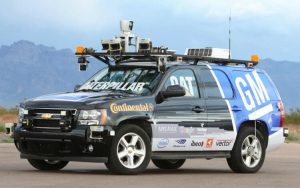 Globally, two million people are killed every yr in visitors accidents. Of these, mostly happen within the U.S. alone. Studies have proven that even partial automation of driving could considerably decrease these deaths, creating the roads safer for everybody.
Globally, two million people are killed every yr in visitors accidents. Of these, mostly happen within the U.S. alone. Studies have proven that even partial automation of driving could considerably decrease these deaths, creating the roads safer for everybody.
Already, vehicles with forward collision warning systems that alert drivers or immediately brake are concerned in far fewer crashes.
And the suggestions that driverless cars may have on auto-insurance prices are mainly good. With new linked vehicle and driverless technology, danger for traffic related mishaps will mostly reduce, offered the new skills will remove the human component that is the trigger for about 90 % of all visitors accidents.
Less visitors
Automating driving would also deliver with it the advantage of decreased visitors. As linked vehicles and driverless vehicles talk with every other and their surroundings, they are in a position to determine the optimum route, which assists spread demand for scarce road space.
Less visitors will also enhance people’s well-being, as visitors jams have been proven to trigger a rise in blood stress, depression and anxiousness, also as being a reduce in cardiovascular fitness and high quality sleep.
Decreased emissions
Transportation creates almost 30% of all U.S. international warming emissions, and personal vehicles are largely at fault, as approximately 24 lbs of carbon dioxide and other global-warming gases are launched for each gallon of fuel.
Grouping vehicles into platoons, or perhaps a group of vehicles accelerating and braking concurrently, is 1 advantage that would be recognized using the introduction of driverless cars.
The possible advantages of driverless cars are alluring and widespread, and the long term for your business is vibrant.
The evolution of driverless cars: past, present, and future
 Driverless cars have been a dream of the automotive industry for many decades. The idea of a car that could navigate through traffic and safely transport passengers without needing a human driver seemed like an impossible fantasy. However, thanks to technological advances, this dream is becoming more of a reality every day.
Driverless cars have been a dream of the automotive industry for many decades. The idea of a car that could navigate through traffic and safely transport passengers without needing a human driver seemed like an impossible fantasy. However, thanks to technological advances, this dream is becoming more of a reality every day.
The history of driverless cars dates back centuries, but it wasn’t until recently that we started to see real progress in the field. In 1925, American inventor Houdina Radio Control Company unveiled their first prototype — a radio-controlled car capable of driving itself down roads at 25 miles per hour. But unfortunately, the invention was far ahead of its time and failed to gain traction due to technological limitations and safety concerns.
Fast-forward to the 21st century, and driverless vehicles are now a reality. In 2009, Google began developing an autonomous vehicle system known as “Google Cars” that has become one of the most successful projects in the industry. The cars use a combination of sensors, cameras, and radar to navigate their way through traffic without any human interference.
Today, there is no shortage of companies investing in driverless technology, with new developments happening every day. Companies like Waymo, BMW, GM Cruise, and Volvo are all producing self-driving cars for public use on our roads. Even tech giants like Apple and Amazon have joined the race with their own plans to enter the market.
The future of driverless cars looks very promising, with autonomous vehicles expected to become commonplace within the next few years. They will be much safer than standard cars and could drastically reduce the number of road accidents each year. Driverless cars are also expected to reduce traffic congestion as they will be able to communicate with each other and coordinate their movements more efficiently.
Driverless cars are already changing the way we view transportation, and this is only the beginning. With so many possibilities still ahead, it’s clear that this technology is here to stay and will continue to evolve in remarkable ways. This technology has exciting potential to revolutionize our lives and make mobility safer, easier, and more accessible for everyone!

